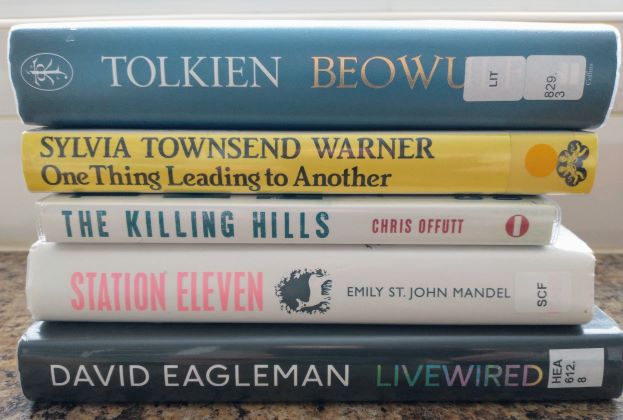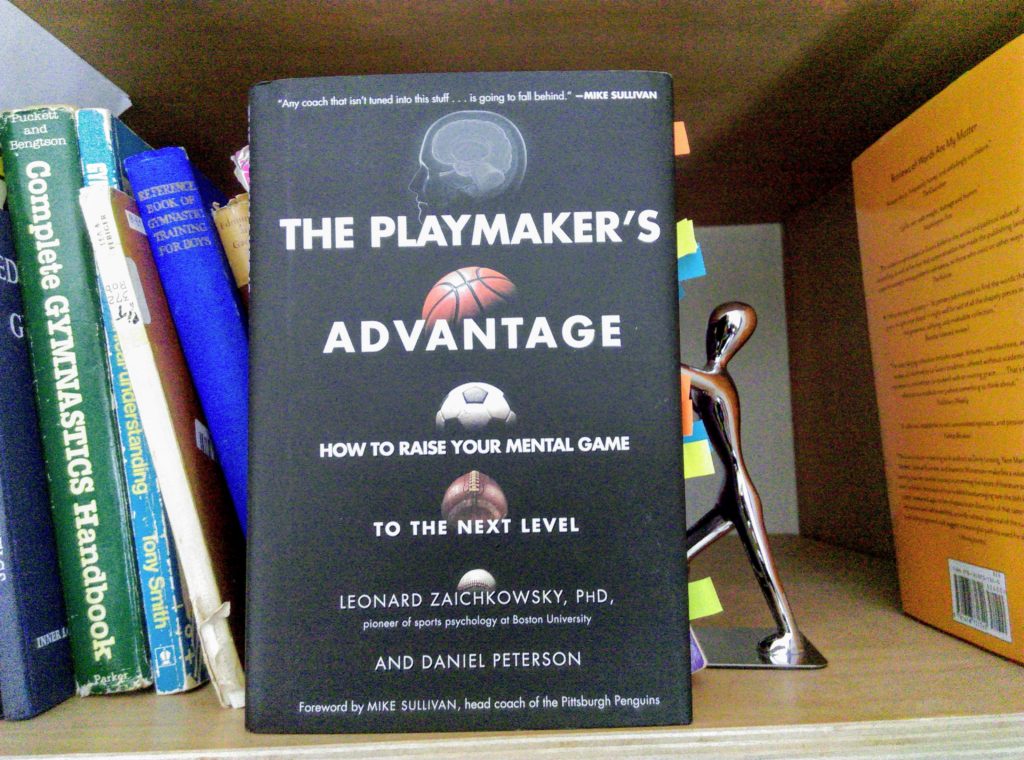Posts Tagged ‘cpd’
How I read: a personal guide
I was asked last week, ‘What’s your process for choosing books?‘ I was flattered that someone thought I had an organised decision-making process rather than the random choices that catch my eye. But, on reflection, I do have a process and when I shared it, my colleague said it was worth sharing. So here you…
Read MoreCoaching the coaching continuum
I had the pleasure of coaching sports coaches at the Heinrich-Heine Gymnasium in Kaiserslautern, Germany this weekend. The focus was on the coaching continuum. Many of us rely on just a few methods of coaching, according to our personal bias or habit but there are many ways that range from Direct, controlling to free play.…
Read MoreCoaches’ Coffee Break: Books
Reading ideas for sports coaches and teachers On Friday I had a virtual coffee break chat with several of my GAIN Europe colleagues. We met for 30 mins and talked about what books we are currently reading. The idea was to simulate the informal learning that we miss when we don’t hang out in person,…
Read MoreGAIN Deep Dive Review
A review of the first ever GAIN Deep Dive on Foundational Strength I always write a review of my experiences at the GAIN conference. This is part of my reflective practice. As I was hosting and co-presenting on this ‘mini-GAIN’ held in Devon, I thought someone else would be better placed to reflect. Mark Sheppard…
Read MoreSummer Reading Recommendations for Teachers and Coaches
Ideas on what to read this summer Are you looking for a good book to read on holiday? We are over half way through the year, so I have had a chance to read a few that may be of interest. You might want to unwind with some easy reading and then gear up for…
Read MoreFour takeaways from GAIN 2019
‘Make GAIN 2019 a personal audit’ were the opening remarks from Vern Gambetta at the GAIN conference in Houston last week. He set out a vision for the conference that I took to heart. What are you currently doing? What do you want/need to do? Gap analysis: what is necessary to close the gap? I…
Read MoreMaking Sport Better with Wayne Goldsmith
Coaching the Art and the Heart Yesterday we hosted the Making Sport Better workshop with Wayne Goldsmith in Willand. He gave two great presentations on coaching today’s generation of athletes, plus answered many questions at the end. Here is a brief summary. “Coaches are the masters of change”. Nobody changes by being yelled at or…
Read MoreIFAC Reflections Part 3
Finding the failure point in athletes My final thoughts on IFAC, reviewing Jerome Simian’s leg strengthening exercises and progressions. “If the structure is weak, it won’t allow the nervous system to show what it can do.” Regular readers and our athletes will know about Structural Integrity, Simian uses a different phrase, but the meaning is…
Read MoreIFAC Reflections Part 2
A review of Jerome Simian’s workshops on physical preparation for sport. I had to choose between different “strands” of coaching topics at the IFAC conference in Loughborough. A difficult choice, not wanting to miss out on some excellent speakers. I chose to attend Simian’s because of a quote I heard on the HMMR podcast: “I…
Read MoreIFAC reflections Part 1
A review of the middle day of the IFAC conference in Loughborough. I spent the first Saturday of 2019 at the EAAC event held at Loughborough University. Finding good conferences in the UK is hard, so I wanted to make the most of this opportunity. I shall give an overview of what I learnt, plus…
Read More









